Tracksite of Dinosaurs, Pterosaurs, and Birds in Uhang-ri (우항리 공룡화석자연사유적지)
16.5Km 2021-06-01
234, Gongnyongbangmulgwan-gil, Haenam-gun, Jeollanam-do
+82-61-530-5324
The Tracksite of Dinosaurs, Pterosaurs, and Birds in Uhang-ri is where the world's most intricate fossil footprints of dinosaurs and birds were discovered. The track site was designated as a Natural Monument for its significance and serves as an educational site for studying earth science and dinosaurs from the Cretaceous period. There is a museum that has on display 447 materials related to fossils, including actual fossil pieces of an Allosaurus, along with exhibitions dedicated to giant dinosaurs, sea reptile, and birds.
Haenam Uhangri Dinosaur Museum (해남공룡박물관)
16.5Km 2021-01-14
234, Gongnyongbangmulgwan-gil, Haenam-gun, Jeollanam-do
+82-61-530-5949
Following the discovery of a dinosaur footprint within the region in 1992, Haenam Uhangri Dinosaur Museum was founded to promote the area's significance as a fossil site. The museum provides materials and exhibitions related to dinosaurs as well as Ulhang-ri as a natural heritage site.
Haenam Dinosaur Festival (해남 공룡대축제)
16.8Km 2025-04-24
234 Gongnyongbangmulgwan-gil, Hwangsan-myeon, Haenam-gun, Jeollanam-do
+82-61-530-5157
The Haenam Dinosaur Festival, held at Haenam Uhangri Dinosaur Museum, is an annual family-friendly festival celebrating Children’s Day.
Gangjin Goryeo Celadon Museum (강진 고려청자박물관)
17.1Km 2024-02-02
33, Cheongjachon-gil, Gangjin-gun, Jeollanam-do
+82-61-430-3755
Goryeo Celadon Museum was established to preserve and promote Gangjin celadon, as well as foster knowledge and creativity in regards to celedon in the next generation. The exhibition halls feature smart pads and audio explanations, combining modern technology with ancient relics for better understanding. This museum is considered to be an informative historic site to get knowledge of Goryeo Celadon through the past, present and future.
Bichwie Muldeulda Gallery Cafe (비취에물들다)
17.2Km 2024-01-11
20-16 Cheongjachon-gil, Daegu-myeon, Gangjin-gun, Jeollanam-do
Gangjin is a historic place that produced celadon from the late Unified Silla period to the end of the Goryeo period. Bichwie Muldeulda Gallery Cafe is a celadon-themed gallery café run by Kim Bo-bae, who comes from a family of ceramic craftsmen and runs the ceramic craft store Gukbo, which is connected to the café. The Goryeo Celadon Museum is also nearby. This café makes coffee using a celadon coffee grinder and serves it in a celadon mug. Visitors can also enjoy a celadon hand painting experience and a potter's wheel experience here. Items made from the experience program will be be baked in a kiln and delivered through parcel service. The experience takes about 30 to 40 minutes.
Gangjin Celadon Festival (강진청자축제)
17.2Km 2024-02-16
45 Cheongjachon-gil, Daegu-myeon, Gangjin-gun, Jeollanam-do
+82-61-430-3354
The Gangjin Celadon Festival is held in the area that was the center of the Korean celadon culture for over 500 years. The festival offers diverse first-hand experiences for visitors to learn more about this historical cultural asset that was both useful and aesthetically pleasing.
Gangjin Goryeo Celadon Kiln Site (강진 고려청자 요지)
17.2Km 2022-12-29
Sadang-ri, Gangjin-gun, Jeollanam-do
+82-61-430-3755
Daegu-myeon of Gangjin-gun was the primary site of Goryeo dynasty celadon production between the 9th and the 14th centuries. Covering approximately 150 acres of land in nine villages, the area has been designated as the National Historical Site since 1963, and continues to protect its 180 fire kilns and maintain the sophisticated art of celadon production. Meanwhile, celadons produced in this area have also been designated as national treasure, and regarded highly worldwide for their artistic value, so much so that some are preserved in the Louvre Museum in France.
Haetae Sikdang (해태식당)
17.6Km 2024-02-16
6 Seoseongan-gil, Gangjin-eup, Gangjin-gun, Jeollanam-do
Haetae Sikdang specializes in Namdo-style hanjeongsik (Korean table d'hote), with the Haetae jeongsik (Haetae set menu) being the sole offering on its menu. This nutritious array of dishes is prepared using ingredients sourced from the rich natural environment of Gangjin. The selection of food varies seasonally, featuring Gangjin daehap (hard clams) in spring, minmul jangeo (freshwater eel) in summer, jeoneo (gizzard shad) and odori (raw shrimp) in autumn, and maesaengiguk (seaweed fulvescens soup) in winter, ensuring a diverse and fresh dining experience throughout the year.
Birthplace of Yeongnang (강진영랑생가)
17.6Km 2019-08-10
15, Yeongnangsaengga-gil, Gangjin-gun, Jeollanam-do
+82-61-430-3185
Kim Yun-sik was born on this site on January 16, 1903 as the first-born of two sons and three daughters. Under the pen name Yeongnang, he was active in literature until his death on September 29, 1950. Among the 80 poems he published, more than 60 were written in this place where he lived a life resisting Japanese imperialism and refusing to change his name to a Japanese name. After he moved to Seoul in 1948, his birthplace was resold several times, but the county of Gangjin-gun bought it in 1985 to restore it to its original state with a thatched-roof. The site features many of the poet’s writing materials and the site has a small well, camellia trees, jangdokdae (a platform where large clay pots used for storing food are kept), persimmon trees, and a peony garden.
Mihwangsa Temple (미황사)
17.9Km 2025-01-21
164 Mihwangsa-gil, Haenam-gun, Jeollanam-do
+82-61-533-3521
Constructed during the eighth year of King Gyeongdeok of the Silla dynasty (749), Mihwangsa Temple is located on the western side of Dalmasan Mountain (489 meters), titled the Geumgangsan Mountain of the Southern Sea. The temple is situated the furthest south of all temples in the Korean peninsula. Beautiful sunsets and the view of the graceful Dalmasan Mountain from the temple attract numerous visitors. The foot of the mountain found behind the temple blends well with the suitable-sized temple and the appearance of Daeungbojeon Hall gives out an aura of comfort and tranquility. The cornerstone of Daeungbojeon Hall is carved with sea creatures, such as turtles and crabs that cannot be observed elsewhere. Other attractions include 18th century murals on the walls of Daeungbojeon and Unginjeon Halls.
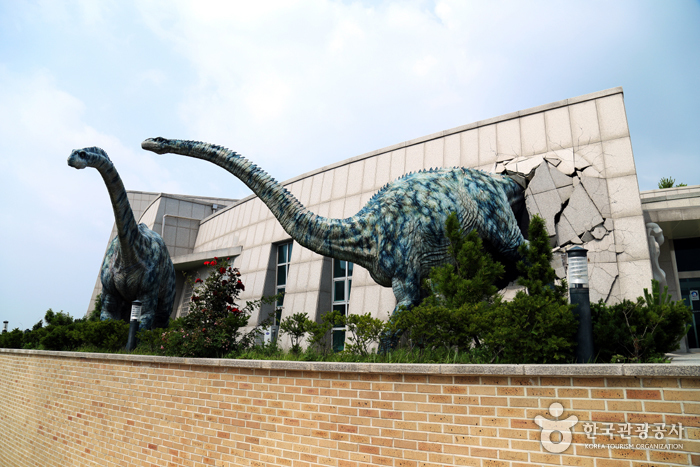
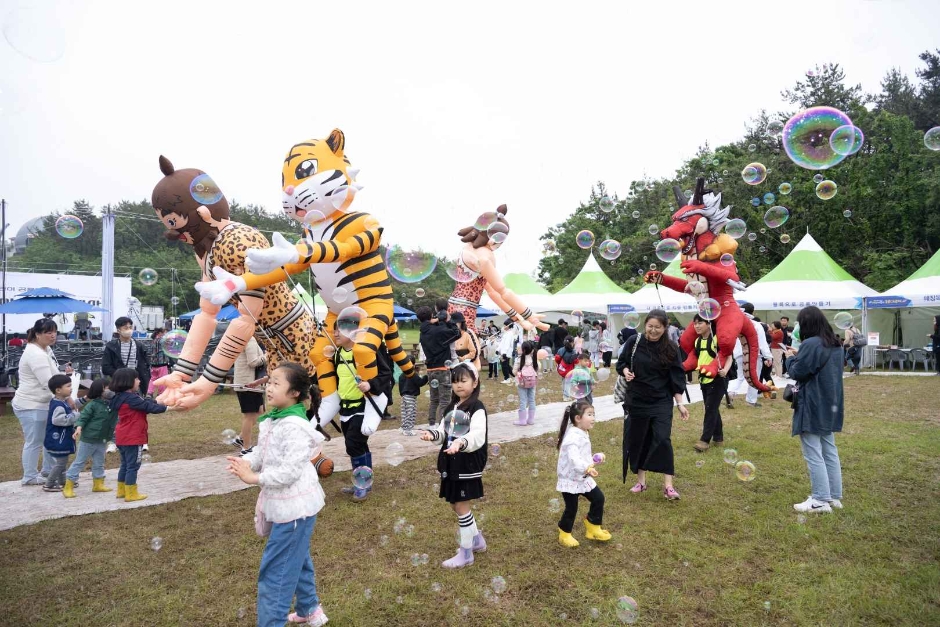

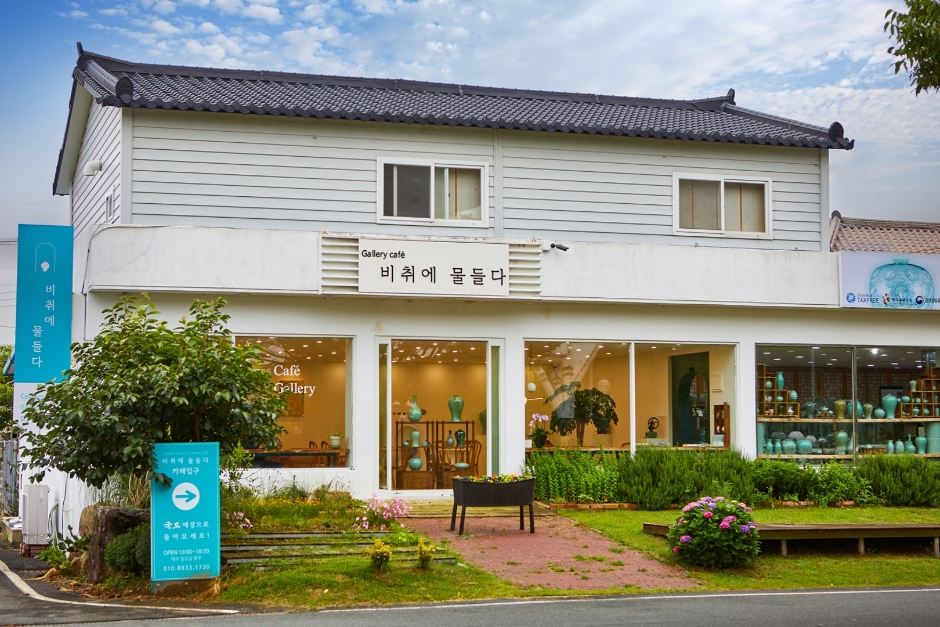
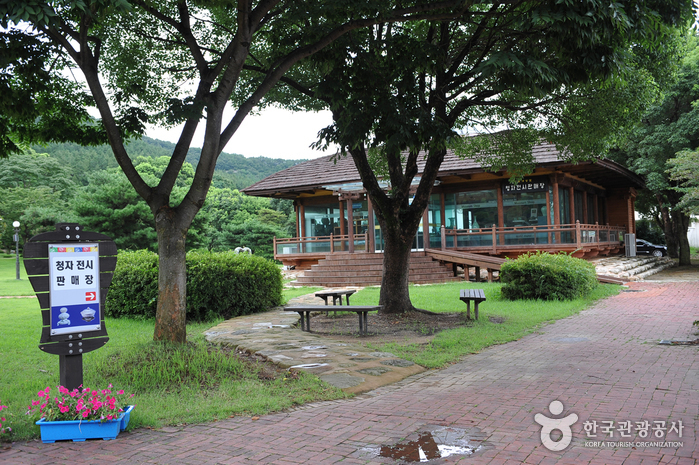

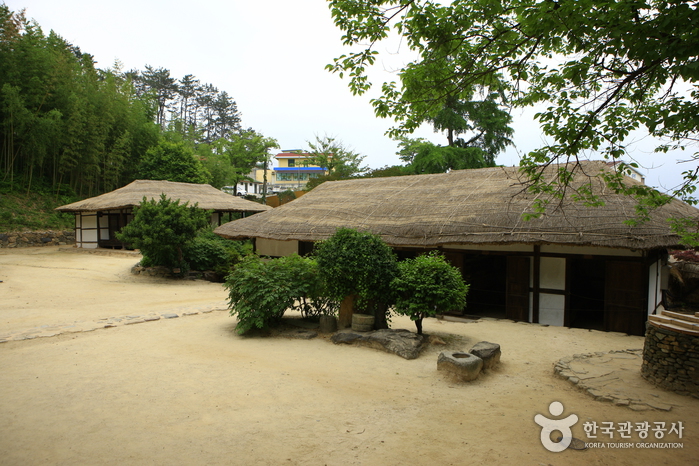
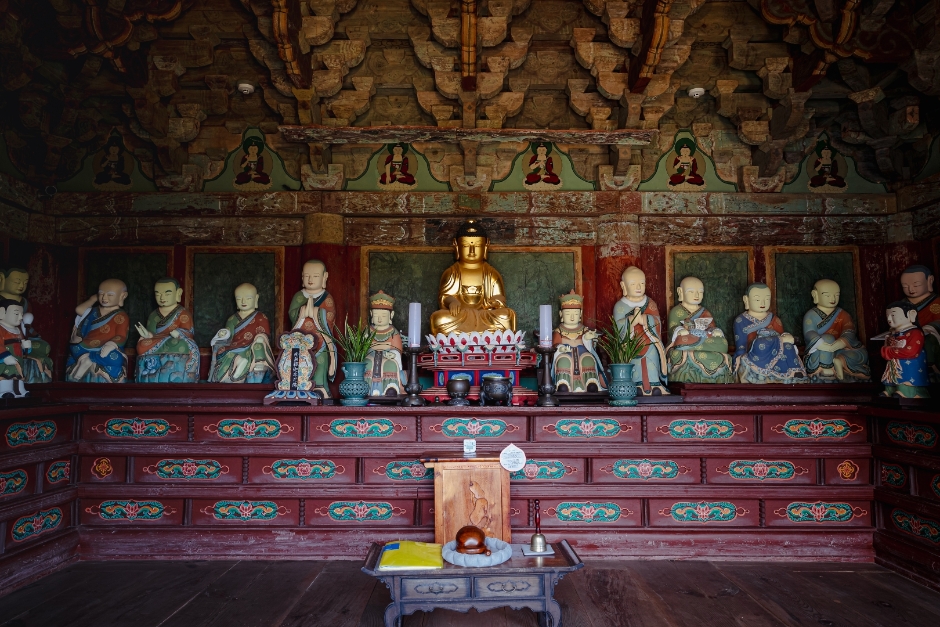
 English
English
 한국어
한국어 日本語
日本語 中文(简体)
中文(简体) Deutsch
Deutsch Français
Français Español
Español Русский
Русский